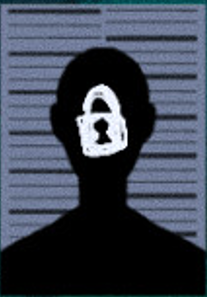Species

Humans
Agriculturally Gifted
Humans are the most numerous species, commonly found in large groups and by far most numerously within 10 degrees of the equator, and get more rare the closer to the poles you travel.
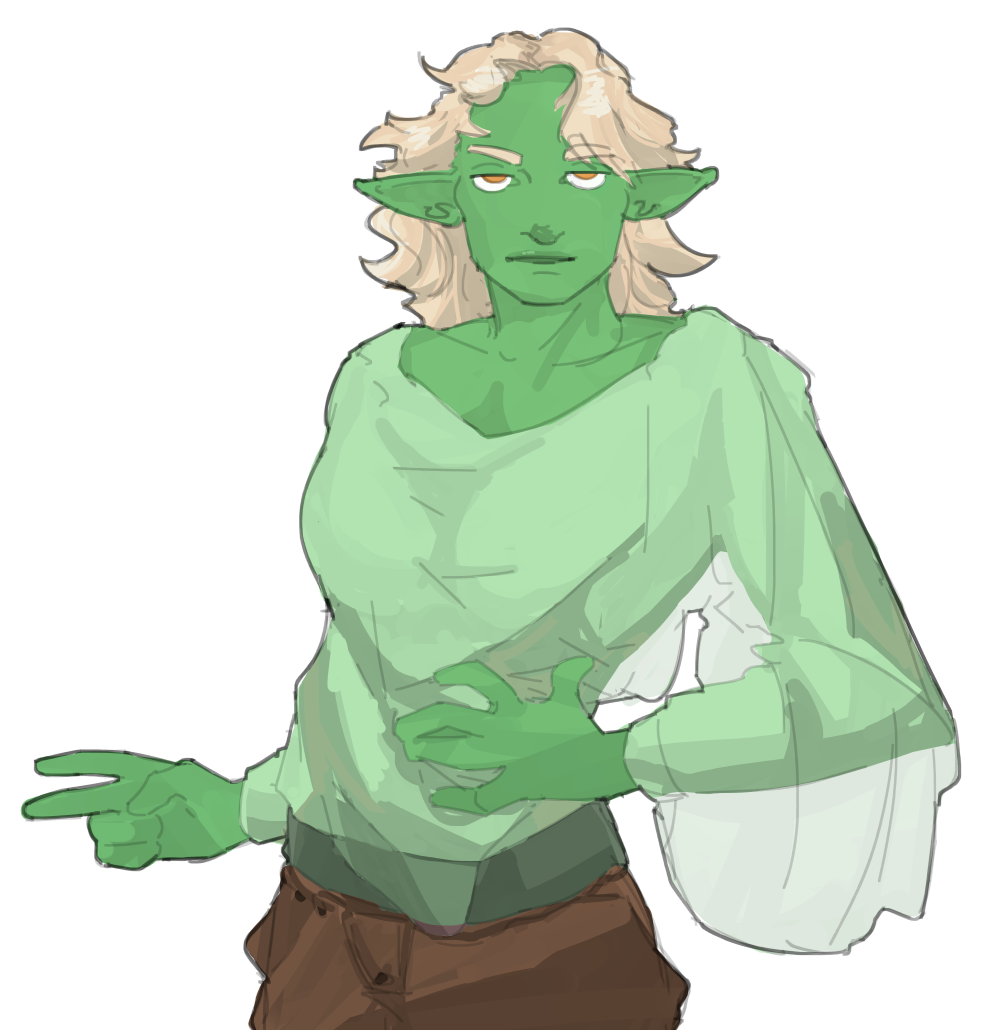
Orcs
Medicinally Gifted
Orcs are green, strong and the most versatile being, found every corner of the globe generally in small numbers. They are gifted ship builders and sailors, the least magically inclined.
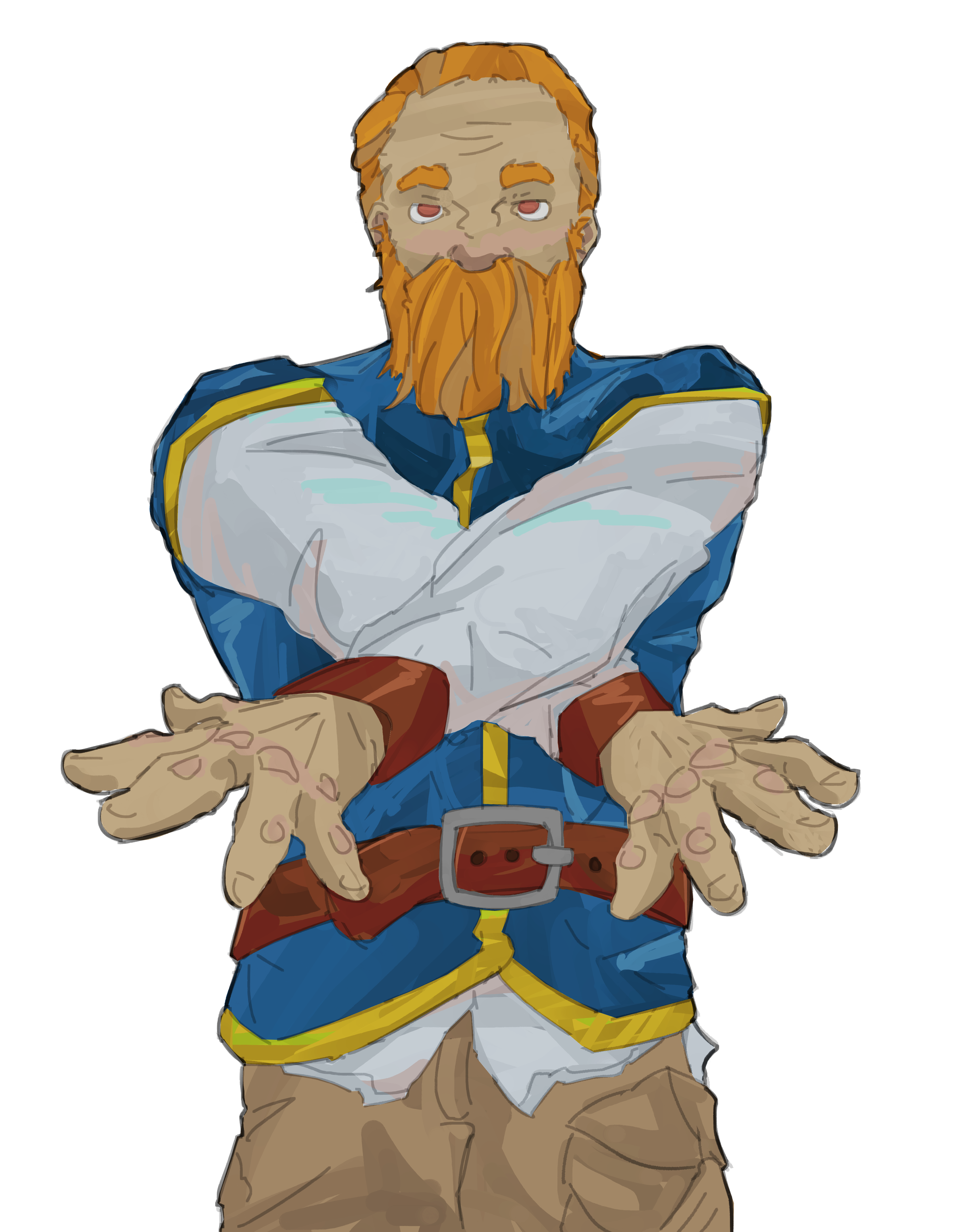
Dwarves
Gifted in Creation
Dwarves are short, hairy, and primarily live in large underground communities. While they inhabit cities below the surface, they are responsible for building the most magnificent above ground cities.
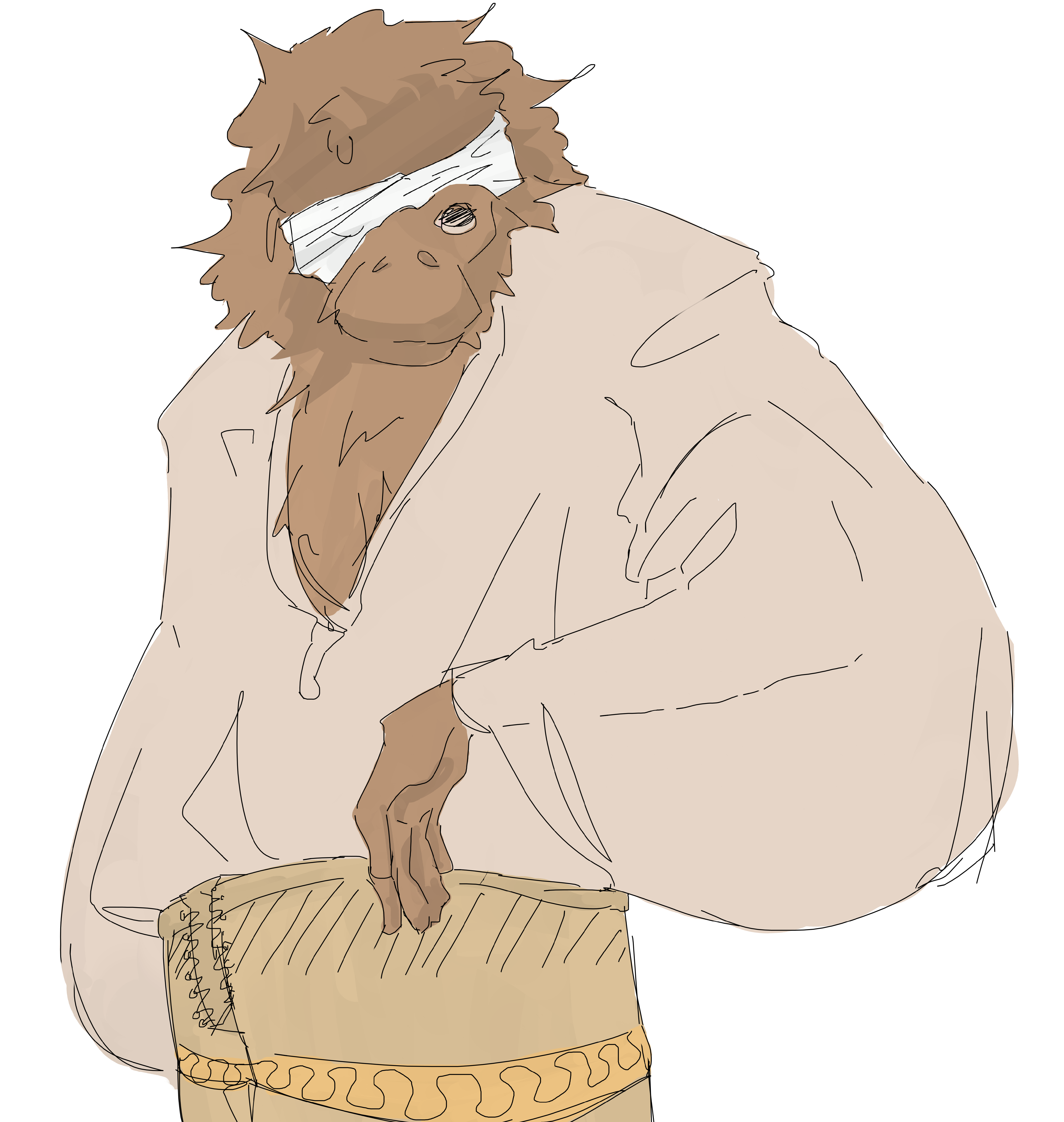
Monkeys
Gifted in Cooking
Apes are the most resileint beings, they trend towards a nomadic life. They primarily exist on the southern continent and near the the northern pole on the greater continent.
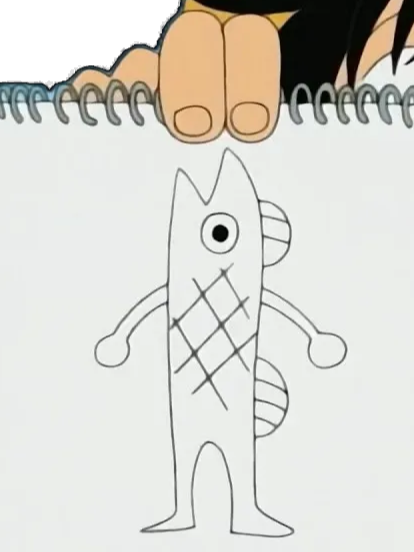
Fish
Gifted in Cooking
Apes are the most resileint beings, they trend towards a nomadic life. They primarily exist on the southern continent and near the the northern pole on the greater continent.

